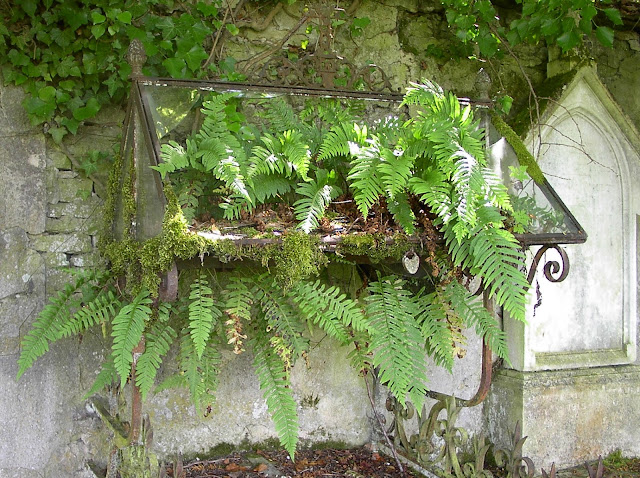The lingual frenulum is rarely
portrayed in art.
Hendrick de Keyser (1565-1621), a Dutch
sculptor and architect, created a spectacular one (see below) in
1615, it forms one of the lines radiating out from the protester's
nose.
Here's a bust Keyser made in 1615,
but the best-known portrayal of this
neglected ligament was made by the extraordinary Franz Xaver
Messerschmidt (1736-1783) in 1770;
It was after Messerschmidt's death that
someone named this piece “The Yawner”, an appellation that seems
to have stuck. Messerschmidt didn't name it anything. He didn't name
any of the forty-odd “character heads” that he made after he had
been forced from public life (he was thought by his aristocratic
employers to be mad). Giving such a name to this piece seems
reductive, there is far more than a yawn going on here, assuming
there is a yawn involved at all. I suspect we keep our sublingual
ligaments hidden when yawning...
Self portrait (circa 1783)
… a pandiculating Joseph Ducreux
certainly did. We should pay attention to Ducreux, he was an exact
contemporary of Messerschmidt
Self portrait (1893)
… and there wasn't much you could get
past him.









































